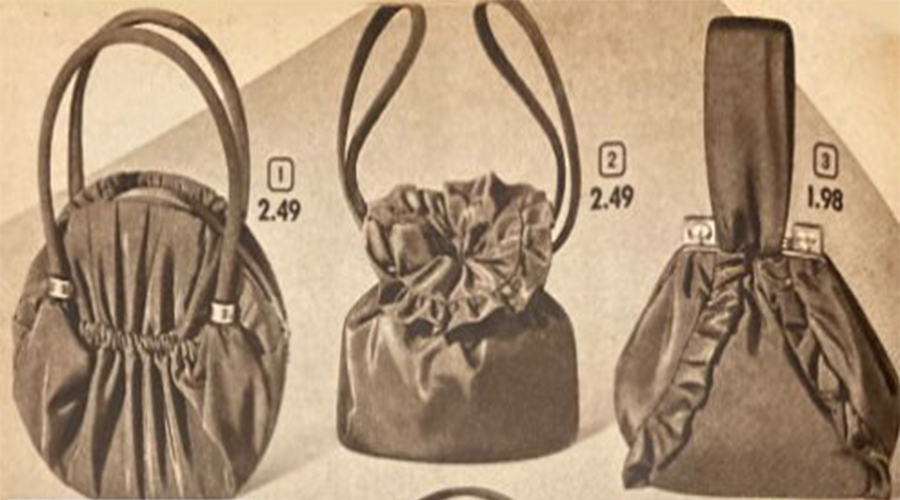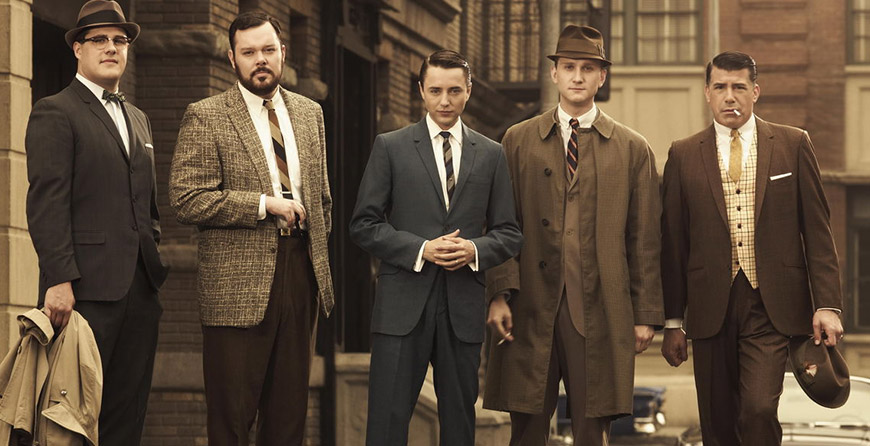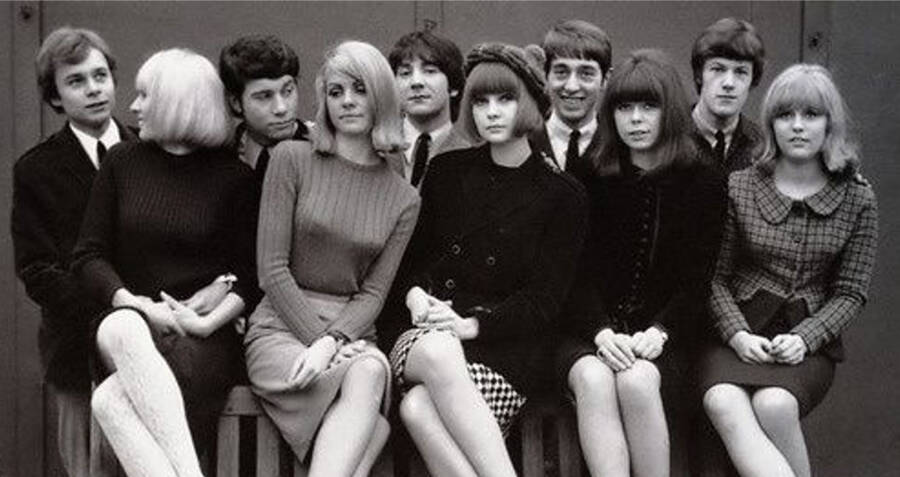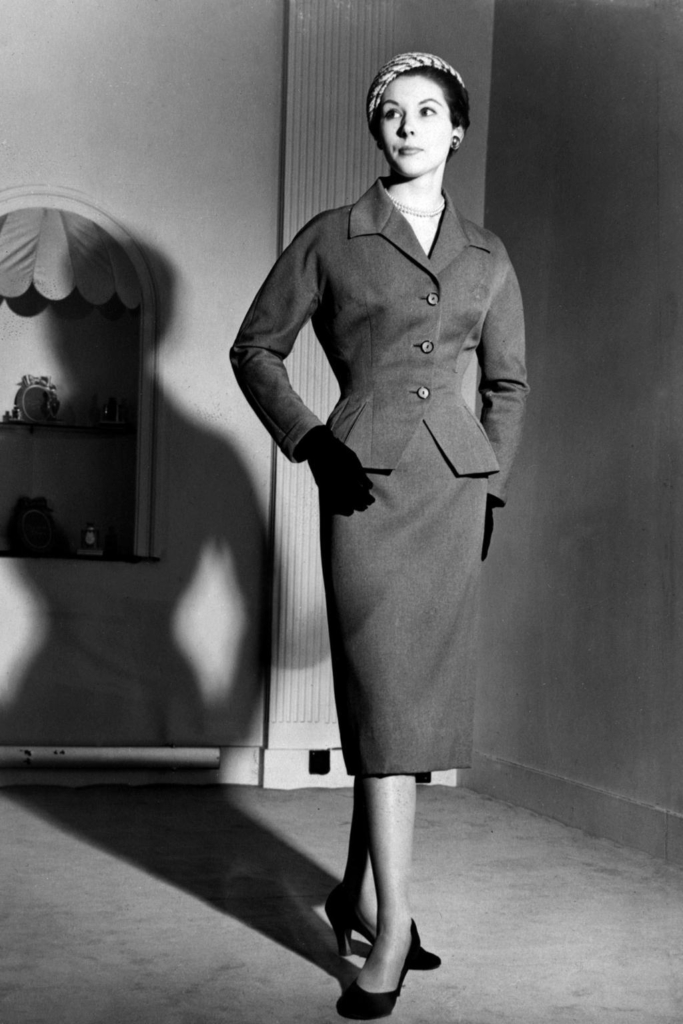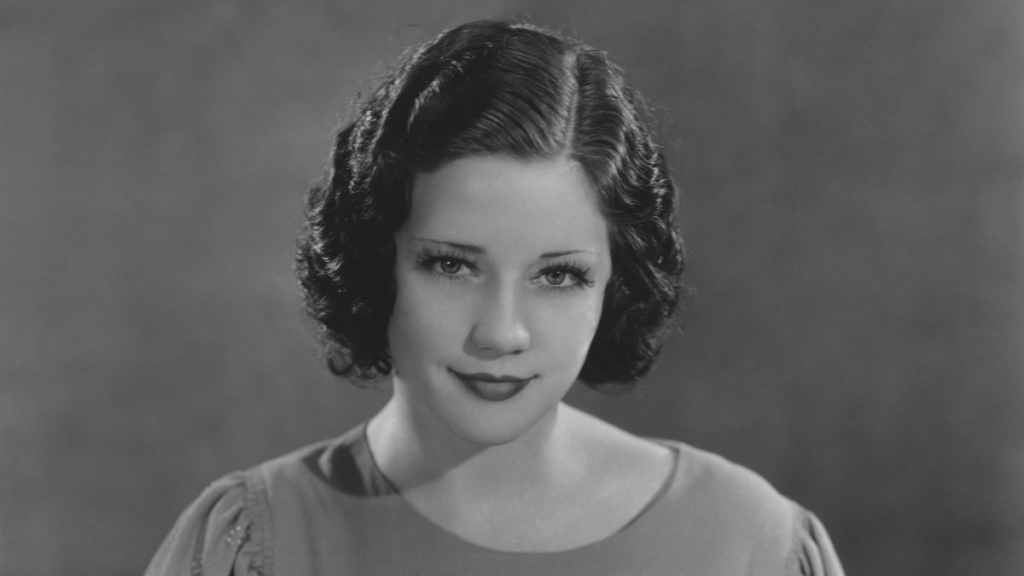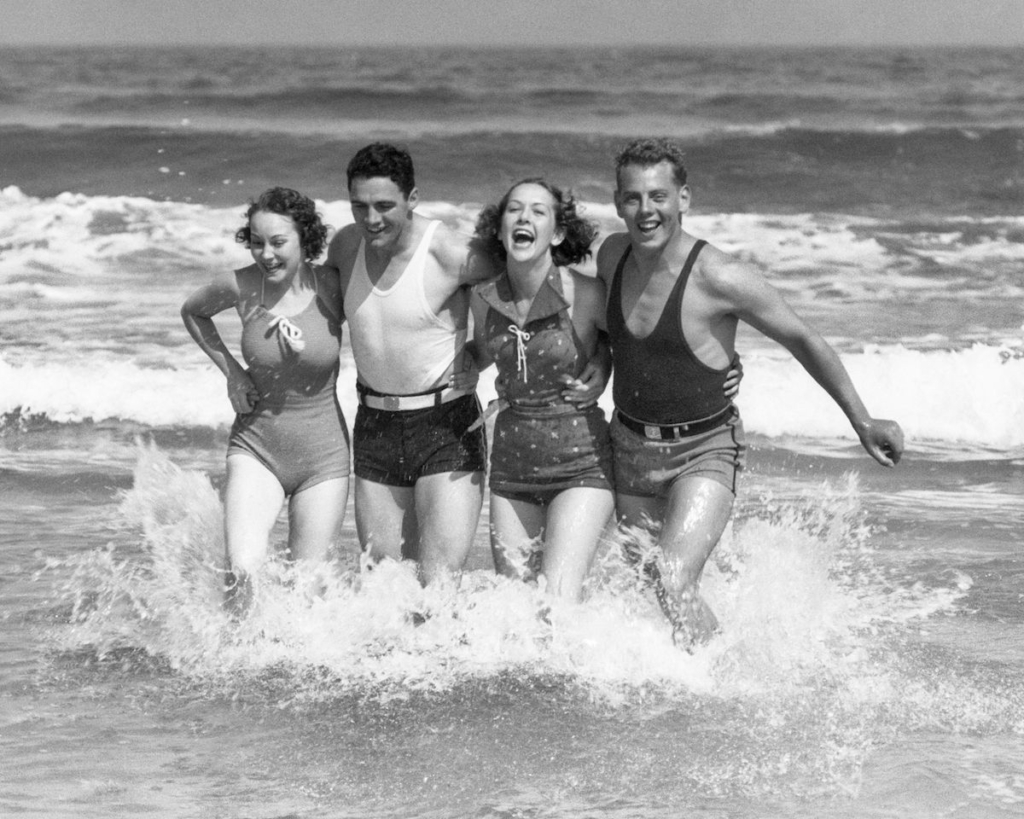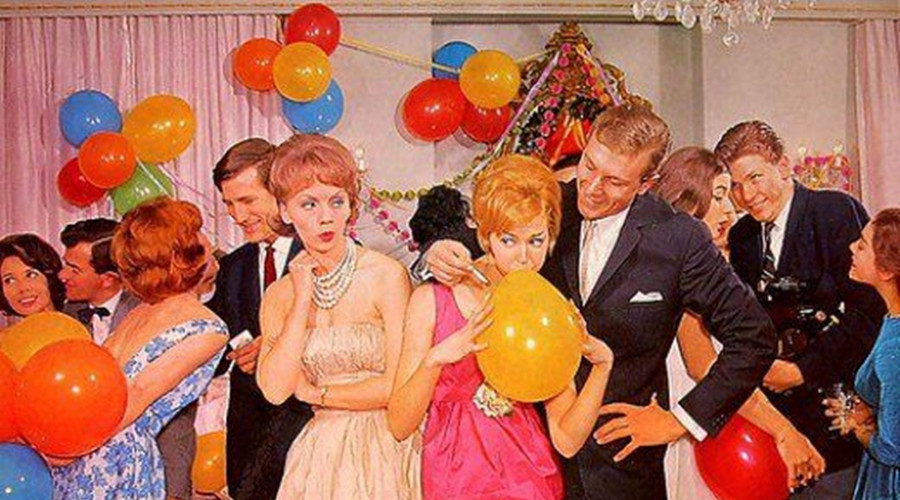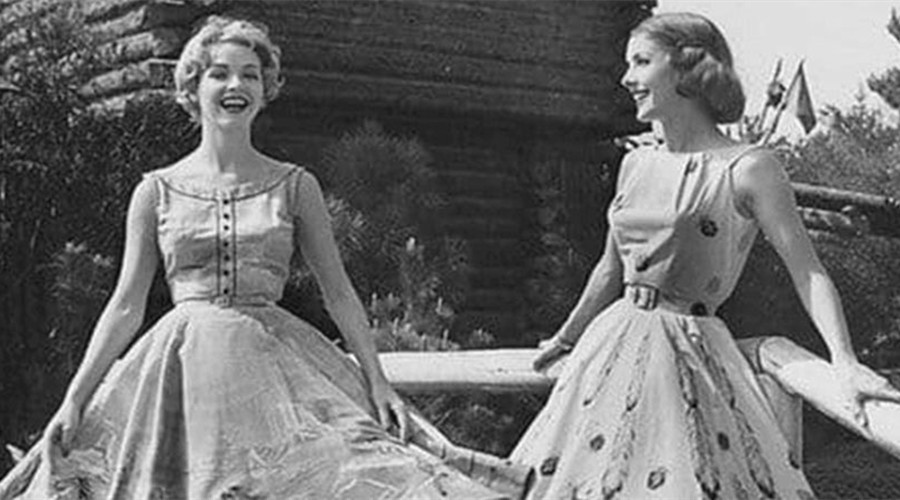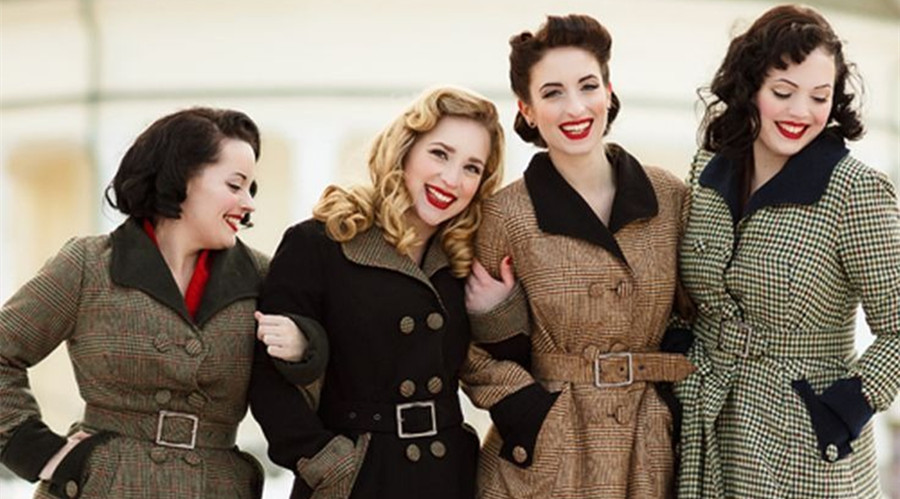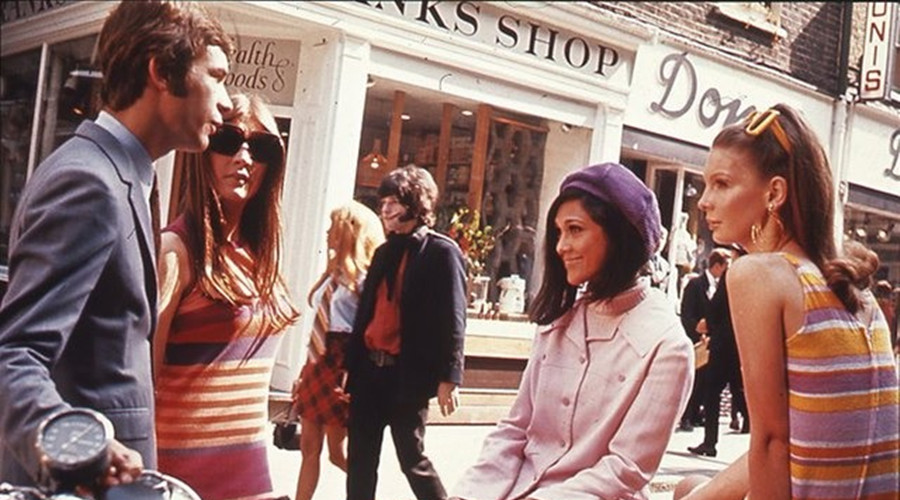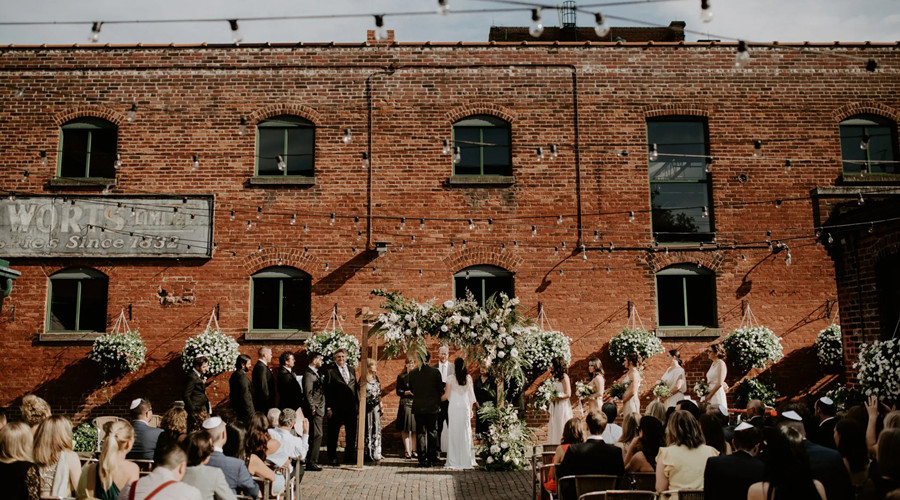The 1930s in Music: Impact on outfit idea
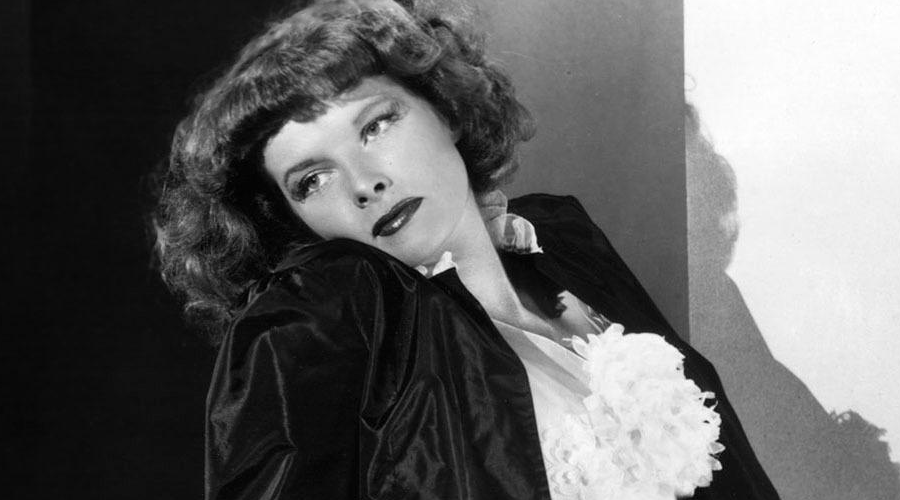
What dominated music in 1930?
The Jazz Era is also known as the 1920s. Louis Armstrong and Duke Ellington were highly successful while the music industry was barely getting started. With the advent of the Art Deco movement, art began to shift.
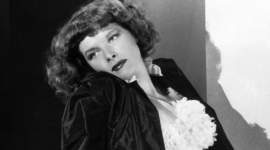 The 1930s were a decade marked by significant societal change, beginning with the stock market crash in the United States on October 29, 1929, and concluding with the declaration of war in Europe on September 3, 1939.
The 1930s were a decade marked by significant societal change, beginning with the stock market crash in the United States on October 29, 1929, and concluding with the declaration of war in Europe on September 3, 1939.
Changes in women’s clothing in the 1930s
There were something changed in 1930s’ fashion.
The 1930s saw a return to larger waistlines and gentle feminine curves after the boyish forms of the 1920s. Puffy sleeves, large padded shoulders, and slim waistlines were fashionable as a result of film adaptations of 1890s fashion. Calf-length skirts with soft, fluttery sleeves were also trendy. Empire waistlines were trendy with short bolero jackets or capelets.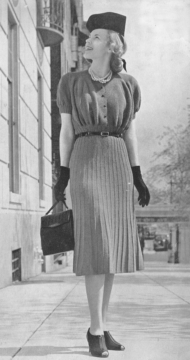
Darting was frequently embroidered into the midriff of dresses to draw attention to the bust and shoulders. The functionality and classic design of shirtwaist dresses made them popular (belted waist, blouse-y top, pockets, and buttons). Long, exquisite gowns with a bias cut draped over the feminine figure were popular for evening attire. During the summer, short sweaters, as well as exposed midriffs and beach sleepers, became popular.
Dreamy organdie and chiffon afternoon dress with flounces, frills, and puffed sleeves – pin tucks, embroidery, and appliqué provided delicate surface decoration – epitomized a renewed romanticism in the early 1930s: ‘Entrancing clothes that will look decoratively right against any of nature’s backgrounds.’ (Vogue, May 27, 1931) Patterned frocks in silk, cotton, or rayon were practical for everyday wear because they rarely showed stains, with nostalgic floral prints proving especially popular.
Musicals with performers like Fred Astaire and Ginger Rogers mirrored the growing popularity of dance and featured seductive gowns with bold elements. The increasingly popular bias-cut, pioneered by couturière Madeleine Vionnet, inspired dresses made of liquid satins and glistening lamé. These dresses clung seductively to the body’s curves, creating a sculpted profile accentuated by a tight waist and heightened sleeve and shoulder volume. On the dance floor, plunging backs with ruffles and bows generated drama and intrigue.
Expansion of Jazz Music
Throughout the 1930s, jazz music expanded into several styles, with Swing and Big Band becoming popular.
Louie Armstrong’s wonderful sounds and Billie Holiday’s gorgeous vocals will live forever. Duke Ellington, Glenn Miller, and Judy Garland were all at the pinnacle of their careers on the charts at the time. In the 1930s, Fred Astaire had a good run, while Count Basie established his domination.
The music of the 1930s was often cheerful, yet it could also be incredibly calming. In popular music, humor had an essential role.
In the 1930s, swing and jazz ruled the music landscape. Musicals were also very popular during the time.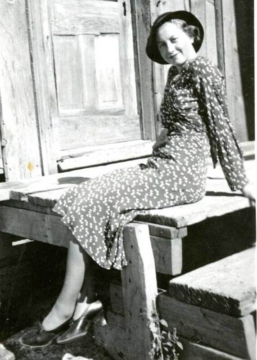
Glenn Miller was at the height of his game, and Billie Holiday was singing with everyone. And just because many of the songs from the 1930s aren’t well-known today doesn’t mean they can’t help you relax after a long day at the office.
Because the jazz sound of the 1920s had pervaded everything, including orchestras, it was truly the period of the big band. Jazz was no longer limited to the typical 3-piece combination; it was now being performed by relatively huge ensembles. Big band music became popular in the 1930s.
The Rise of Swing Music
Swing music (which goes hand in hand with Big Band music) emerged near the end of the 1920s and peaked in popularity between the mid-1930s and the early 1940s.
Swing varied from classic jazz in that the tunes’ driving energy was often stronger. They concentrated on the rhythm sections and allowed for some improvisation, frequently with a soloist or vocalist in the spotlight. Fusions with country and blues were also popular, demonstrating that the technique could be adapted to various genres. Chick Webb, Fletcher Henderson, Cab Calloway, Gene Krupa, Artie Shaw, and the Dorsey Brothers, among many others, were instrumental in the early development and popularization of swing music.
Swing had a racial component, as did traditional jazz and many other popular music genres throughout the twentieth century, with little integration between black and white band leaders, band members, and vocalists.
Fusions with country and blues were also popular, demonstrating that the technique could be adapted to various genres. Chick Webb, Fletcher Henderson, Cab Calloway, Gene Krupa, Artie Shaw, and the Dorsey Brothers, among many others, were instrumental in the early development and popularization of swing music. Many bands experimented with multiple arrangements of the same songs, resulting in somewhat different versions competing for chart success. “Begin the Beguine,” “Minnie the Moocher,” “It Don’t Mean a Thing (If It Ain’t Got That Swing),” and “Sing, Sing, Sing (With a Swing)” were among the most famous swing tunes of the fun 1930s.

